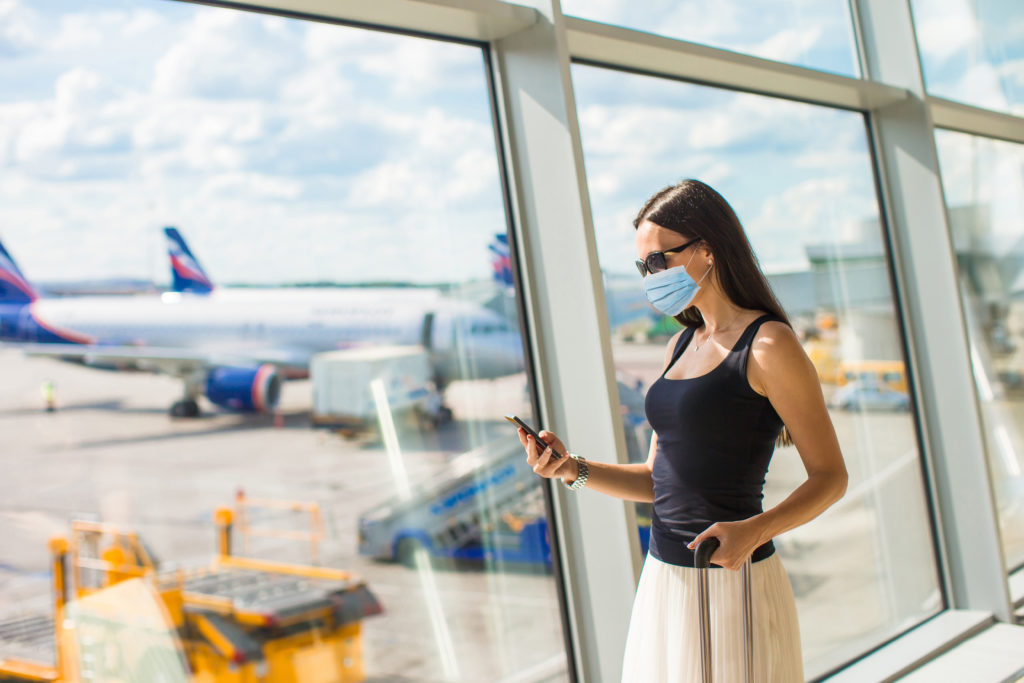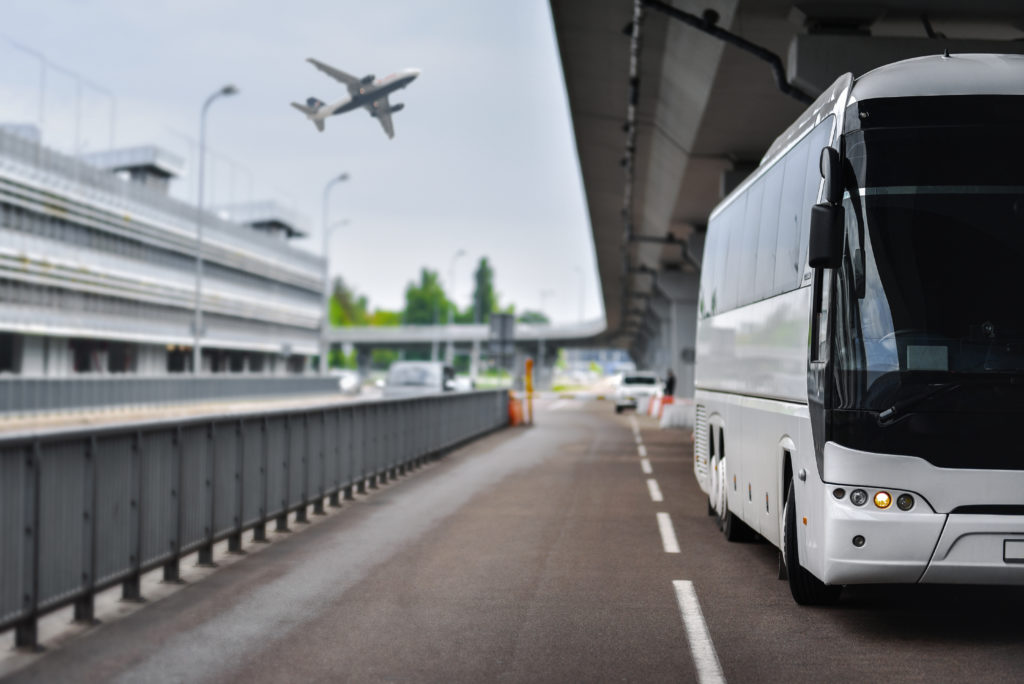As we enter the third year of the coronavirus pandemic, the only thing that is certain is uncertainty. Many of us didn’t expect we’d be facing yet another surge with record high COVID-19 cases in early 2022, but the Omicron variant has made that a reality. Even so, I’m still optimistic that the travel industry will continue to recover in 2022. While no one really knows what the future will bring, here are my best predictions for travel in 2022.
Major Airlines Will Allow Changes on Basic Economy Tickets (For a Fee)

This is something I had (wrongly) predicted back at the start of the pandemic. Major airlines did indeed allow free changes on Basic Economy tickets for one full year when the pandemic began in early 2020, but they all ended up bringing back a “no changes allowed” policy for Basic Economy tickets in the spring of 2021. However, after the Delta variant became widespread, a few airlines brought back waivers to allow changes through the end of 2021.
Starting in 2022, Delta Air Lines has decided to change its cancellation policy for Basic Economy tickets by allowing them to be canceled for a $99 or $199 fee depending on the route. While most airlines have either ended change waivers for Basic Economy tickets or extended them in a very limited capacity, I’d expect a few major airlines, like American and United, to follow Delta’s lead and start allowing Basic Economy fares to be changed or canceled for a fee as a normal policy.
Related: Which Airlines Are Allowing Free Changes to Basic Economy Tickets?
The World Will Open Its Borders
In some places, borders have been closed to international travelers for nearly two years, but we’ve also seen several countries around the globe open to tourism in 2021. While the Omicron variant caused many countries to, once again, limit travel, those restrictions have since eased. The fact that the Omicron variant didn’t send us back into a worldwide lockdown shows that much of the world is starting to live with the virus rather than pursue a “COVID-Zero” mentality.
Currently, vaccinated Americans are able to travel to many destinations around the world without mandatory quarantines. The major exception being countries in the Asia-Pacific region. New Zealand had a timeline in place to be open by the end of April 2022, but its phased border reopening plans have been postponed due to the Omicron variant. Japan had also started easing restrictions for business travelers and students, but reverted to banning all foreign travelers in the wake of Omicron.
Still, it’s hard to believe that this region will remain closed off to the rest of the world for another full year. Destinations such as Thailand, Cambodia, and Vietnam had already started opening for tourism in a limited fashion in 2021 and once Omicron subsides, I believe we’ll see that trend continue. While I’m not too confident China will reopen any time soon, I think we’ll be able to visit places like Australia, Indonesia, and South Korea by the end of 2022.
Related: Where Can Americans Travel Right Now?
Masks and Testing Are Here to Stay

Mask mandates and enforcement vary wildly depending on where you are in the world, but the one place you’ll consistently see masks being worn is on an airplane. And I don’t see this changing in 2022. The U.S. federal mask mandate for passengers on airplanes, trains, buses, and other modes of transport is currently in place through March 18, 2022, and it’s highly likely that this will continue to be extended throughout the year.
A negative COVID test is also still required for all passengers boarding a flight to the U.S. from a foreign country. I think testing requirements for international travel will largely stick around throughout 2022. This will especially be true for destinations in the Asia-Pacific region that have yet to open borders. Expect to follow strict testing requirements to enter these countries if they do indeed open in 2022—even if you are fully vaccinated.
Related: The Best COVID Tests for Travel
A New Low-Cost Transatlantic Airline Will Emerge
Europe gradually opened its borders to U.S. travelers in 2021 and major airlines started adding back transatlantic routes on a limited basis. However, one major change to the transatlantic market is that there are now very few routes being operated by low-cost carriers compared to before the pandemic. Norwegian decided it would end its long-haul operation and focus on a European network, which leaves room for a new low-cost carrier to start flying across the Atlantic.
There are already plans for Iceland’s new low-cost airline Play to begin flying to the U.S. in April and a relatively new airline, French Bee, plans to add a new transatlantic route between L.A. and Paris in 2022. That being said, these additions are still minuscule when compared to the number of routes Norwegian used to fly.
Whether it’s Norse Atlantic Airways, a new company which plans to use Norwegian’s 787 Dreamliners to fly a similar route network, PRAGUSA.ONE, a startup airline that hopes to launch nonstop service between Croatia and the U.S., or another new low-cost airline we’ve yet to hear about, I believe there will be enough demand to warrant another low-cost carrier flying leisure travelers between the U.S. and Europe in 2022.
Related: The 15 Most Exciting New Airline Routes for 2022
Regional Flights Will Be Replaced by Bus Service

Smaller U.S. cities that rely on regional flights to airline hubs have been hit hard during the pandemic. American, Delta, and United cut dozens of regional routes at the end of 2021, which greatly reduced flight options out of airports such as College Station, TX (CLL), Columbia, MO (COU), and La Crosse, WI (LSE).
For many rural Americans, the lack of competition often translates to fares out of regional airports being uncompetitive compared to driving to a larger airport. Over the past few years, one bus company, Landline, has taken advantage of the need to keep smaller markets connected to larger airports by offering direct bus service in lieu of flights.
Landline currently partners with Sun Country Airlines by connecting Minneapolis/St. Paul (MSP) airport with seven regional cities in the Upper Midwest by bus or door-to-door private vehicle service. Travelers can book connecting “flights” from these cities as they normally would, with checked bags being transferred and any unforeseen delays being automatically rebooked. Landline also has a similar partnership with United to connect Fort Collins/Loveland Airport (FNL) with Denver (DEN).
United has also long offered a bus connection “flight” between Allentown (ABE) and Newark (EWR) airport. I think we’ll see these types of services expand in 2022 where regional flights will be replaced by bus service, which is more economical than flying inefficient jets short distances.
Related: A Guide to 10 'Luxury Bus' Lines You Can Take Instead of Amtrak
Cheap Business Class Tickets (With More Restrictions)
While leisure travel has bounced back, it’s a different story for people traveling primarily for business. This has already led to a drastic drop in price for Business Class fares across the globe. For instance, it’s not uncommon to find a Business Class ticket to Europe for under $2,500. That was pretty much unheard of before the pandemic. As airlines shift to selling these luxury seats to leisure travelers, I’d expect prices to remain very competitive. However, I won’t be surprised if more restrictions are added.
A few airlines, such as Emirates and Finnair, recently started selling a “Basic” Business Class product, which has restrictions or add-on fees for services such as seat assignments, checked bags, and lounge access. I think it’s very feasible that more major carriers will begin to adopt this model to increase revenue after selling heavily discounted Business Class tickets. As with economy fares, it will also give true business travelers an incentive to pay more for a less restrictive fare.





